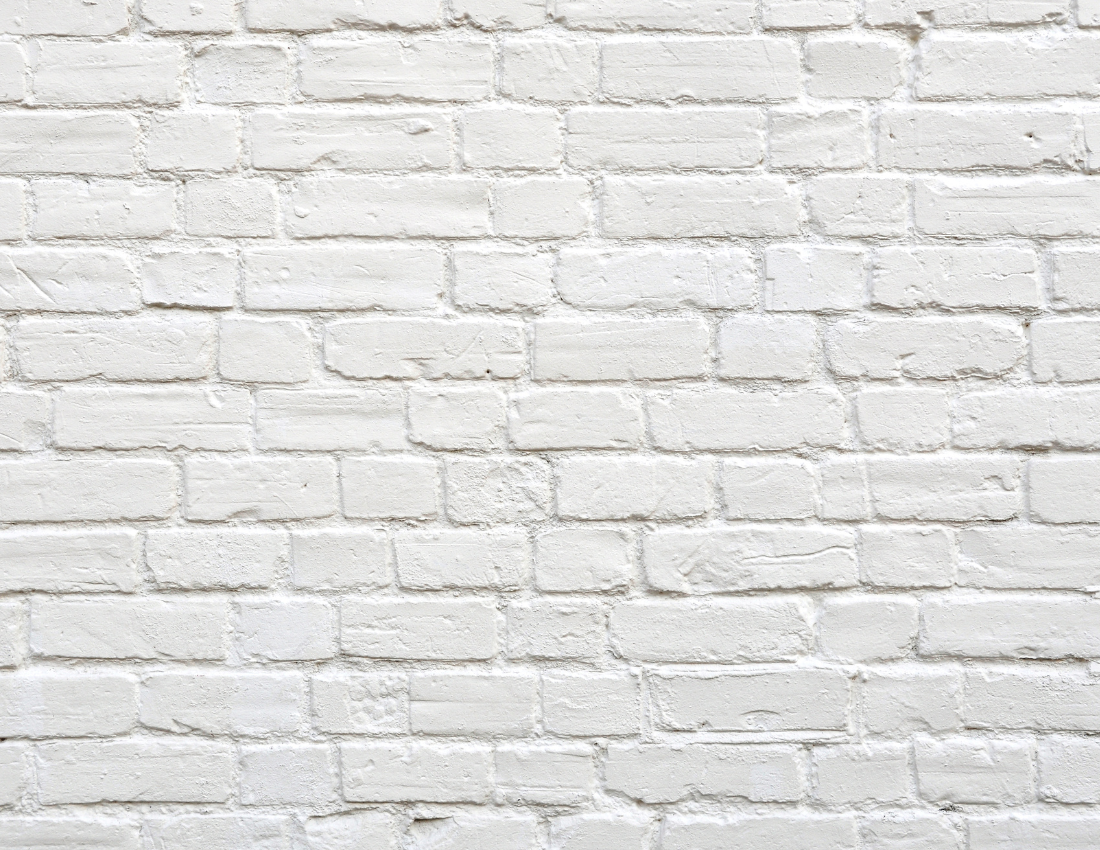Textured walls can be beautiful in their own way. Whether you’re dealing with knockdown texture, orange peel, or something more unique, they add depth and hide minor wall imperfections. But figuring out how to paint textured walls, especially in a place like Vienna, VA, where older homes and newer builds often meet, can be trickier than it looks.
Maybe your walls are looking faded. Or maybe you’re just ready for a new color in the bathroom or kitchen. Either way, painting textured surfaces takes a bit more planning than a smooth wall would. The paint doesn’t always stick right, and roller marks or missed crevices can ruin the look fast. That’s where the right approach (and the right tools) come in.
In this guide, we’ll cover how to handle textured walls the right way.
Key Takeaways:
- Textured walls need a thicker nap roller to avoid missed spots and drips.
- Always clean the wall before painting—dust hides in grooves.
- Use primer to help paint stick evenly, especially on rough textures.
- Pick a paint sheen like eggshell or satin for easier maintenance.

Why Textured Walls Aren’t Like Flat Drywall
Painting flat drywall is one thing. Textured walls are another story entirely.
Texture—whether it’s popcorn, knockdown, orange peel, or stucco—creates grooves, bumps, and dips that make paint coverage less predictable. A regular paint roller might skip over low spots or leave blotchy areas. You’re also more likely to end up with painting mistakes like drips, roller trails, or uneven sheens if you’re not careful with your prep and materials.
Depending on your home, you might be working with:
- Popcorn ceiling texture in older rooms
- Knockdown texture on living room or hallway walls
- Light orange peel finishes in bedrooms
- Or even more dramatic textures created with joint compound, mud, or plaster
Each of these surfaces reacts differently to paint. And in many homes around Vienna, especially where homes have been renovated or patched over time, textures can be inconsistent from room to room.
How to Paint Textured Walls Without the Mess
Learning how to paint textured walls takes more than just grabbing a roller and going at it. The grooves and bumps need special tools, thicker rollers, and careful technique. Without the right prep, paint can pool, skip spots, or leave uneven patches. Done right though, a fresh coat can make your walls look sharp and clean without hiding the texture you like.
Step 1: Cleaning and Prepping the Surface
Before doing anything else, make sure your walls are clean. Dust and debris love to hang out in the dips and ridges of textured walls, and that can mess with paint adhesion.
Use a shop vacuum with a brush attachment to suck up dust. If there’s more stubborn buildup (especially in kitchens or bathrooms), go over the wall lightly with a sponge and warm water. Avoid getting the wall too wet, especially near the baseboard, outlets, or light switches.
Once it’s clean, check for damage:
- Small holes can be patched with putty or spackle
- Cracks in the texture? These may need some joint compound smoothed on and re-textured if necessary
Let everything dry fully before taping.
Use painter’s tape to carefully mask off trim, ceilings, plastic outlet covers, and any spots you don’t want paint hitting. Press it down firmly—textured surfaces can allow paint to sneak under if you’re not careful.
Step 2: Priming Textured Walls (Don’t Skip This)
Primer isn’t optional here. It helps even out absorption, blocks stains, and gives your paint something to stick to.
If you’re changing color—say from deep blue to off-white—you’ll need a couple of coats of primer to prevent the old color from bleeding through. We’ve seen this come up a lot, especially during color updates in high-traffic areas like entryways and kitchens.
Use a 1/2-inch to 3/4-inch nap roller for the primer. The nap is the thickness of the roller cover, and a thicker nap lets the primer work its way into the deeper grooves of textures like stucco or knockdown. Go over each area a few times, but don’t press too hard—you want the roller’s texture to do the work.
Corners, ceiling lines, and baseboards will need to be brushed with a high-quality paintbrush, usually around 2 inches wide.
Want help figuring out how much product you’ll need? Use a paint calculator to get an estimate before you buy too much or too little.
Step 3: Choosing the Right Paint for the Job
Paint sheen matters, especially for textured surfaces. While you might think a flat finish hides texture better, it can actually be tough to maintain and clean. A light eggshell or satin sheen usually works better for these surfaces, especially in moisture-prone areas like the bathroom or kitchen.
Avoid using low-quality latex paints that may streak or dry unevenly. Go for higher-grade interior latex paint that holds up over time.
Popular color choices in Vienna, VA right now lean toward soft neutrals and warm whites, which brighten up textured spaces without overwhelming the surface.
If you’re unsure what finish works best, you can learn more in this breakdown of paint sheen types and how they affect the look of different surfaces.
Step 4: Painting Textured Walls (Without the Drips)
Here’s where a lot of problems start: using the wrong paint roller, applying too much pressure, or rushing through the job.
Follow these tips to avoid a mess:
- Stick with a 3/4-inch nap roller for heavier textures
- Paint in small, manageable sections—around 4×4 feet at a time
- Don’t overload the roller; it should be saturated but not dripping
- Start from the top and work downward, overlapping slightly as you go
For edges and corners, use a brush with light dabbing or stippling motions. Dragging the brush across texture often leaves streaks or uneven patches.
If you notice any imperfections while painting, pause. Let the section dry, then fix it before continuing. Skipping this step could result in more painting mistakes that are harder to correct later.
Common Problems and Why They Happen
Textured walls don’t forgive shortcuts. Here’s what we often see go wrong:
- Paint collects at the bottom of textured dips, causing dark patches
- Too much pressure with a roller leads to splatter and uneven finish
- Skipping primer results in uneven coverage
- Using a thin roller cover leaves bare spots and requires extra coats
Even choosing the wrong trowel or applying filler with a putty knife can flatten the texture you’re trying to maintain. We always recommend adapting your tools to your wall, not the other way around.
Why Professional Help Makes a Big Difference
Learning how to paint textured walls is about more than just picking a roller and going to town with color. From prep to finish, it takes a process. Especially in a place like Vienna, VA, where textured walls are often part of the home’s charm, it’s worth doing right.
If you want a consistent finish, fewer headaches, and results that last, the smartest move is working with trusted professional painters in Vienna, VA who know what to do.
Here’s how we help at JC Custom Painting LLC:
- We evaluate your wall condition and texture type before recommending products
- We apply the right coats of primer based on wall surface and color change
- We help you pick the right color and paint sheen for your space
- We prep and paint using professional tools like high-nap rollers, brushes, and proper tape
- We clean up thoroughly and do a walkthrough to make sure everything looks the way you want
Need help with a project in Chantilly, Reston, Arlington, VA and the surrounding areas? Call us at 571-575-6818 for a FREE estimate and let’s make those textured walls look better than ever.

